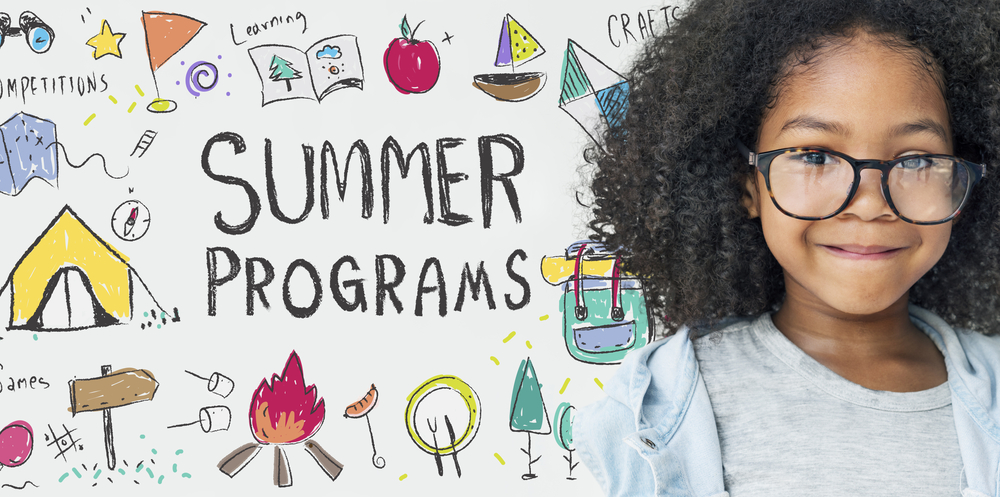Number identification Addition Worksheets for Ages 7-8
4 filtered results
-
From - To
Enhance your child's math skills with our Number Identification Addition Worksheets designed specifically for ages 7-8. These engaging worksheets help young learners master the essential concepts of number recognition and addition through interactive exercises and fun illustrations. By practicing tasks that incorporate both number identification and addition, students build a solid foundation in math while boosting their confidence. Each worksheet is crafted to provide a blend of challenges, catering to various learning styles. Perfect for classroom use or at-home practice, our worksheets foster a strong mathematical understanding that will serve children well in their future studies. Start your journey with us today!
Number identification and addition are foundational skills critical for children's mathematical development, especially for ages 7-8. At this stage, students transition from basic number sense to more complex computations, making early proficiency essential. Parents and teachers should prioritize these skills to build confidence in learners, as a solid grasp of numbers and addition serves as a prerequisite for more advanced mathematics.
Understanding number identification enables children to recognize and work confidently with numbers, which is crucial for everyday math applications and future concepts such as subtraction, multiplication, and even fractions. As children begin to master addition, they not only learn how to combine quantities but also enhance their problem-solving abilities, logical reasoning, and critical thinking.
Fostering a supportive learning environment reinforces these skills. Regular practice through engaging activities, games, and real life scenarios promotes not only mastery but also a positive attitude toward mathematics. Furthermore, when parents and teachers actively engage in this area of learning, they cultivate a child's interest, making math a fun and integral part of their education. Addressing number identification and addition now will lay the groundwork for academic success in later years, enabling students to thrive in their mathematical endeavors.





















